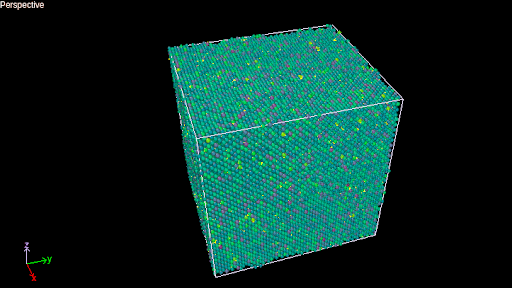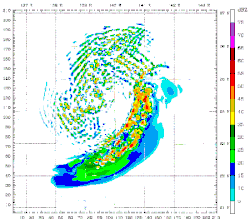(reprint)…
More and more businesses rely on data-driven decisions, simulations, models and customer interaction. More of these data-driven requirements need faster and faster responses, even real-time, and this demand is stressing traditional storage architectures. Historically, storage systems and protocols have single points of ingress and egress for data. These single pinch-points are increasingly becoming bottlenecks, limiting the ability to process data in a timely fashion.
The High Performance Computing community has faced these problems since the inception of the Beowulf cluster, the original concept of tying several commodity computers together to distribute computational workloads.









